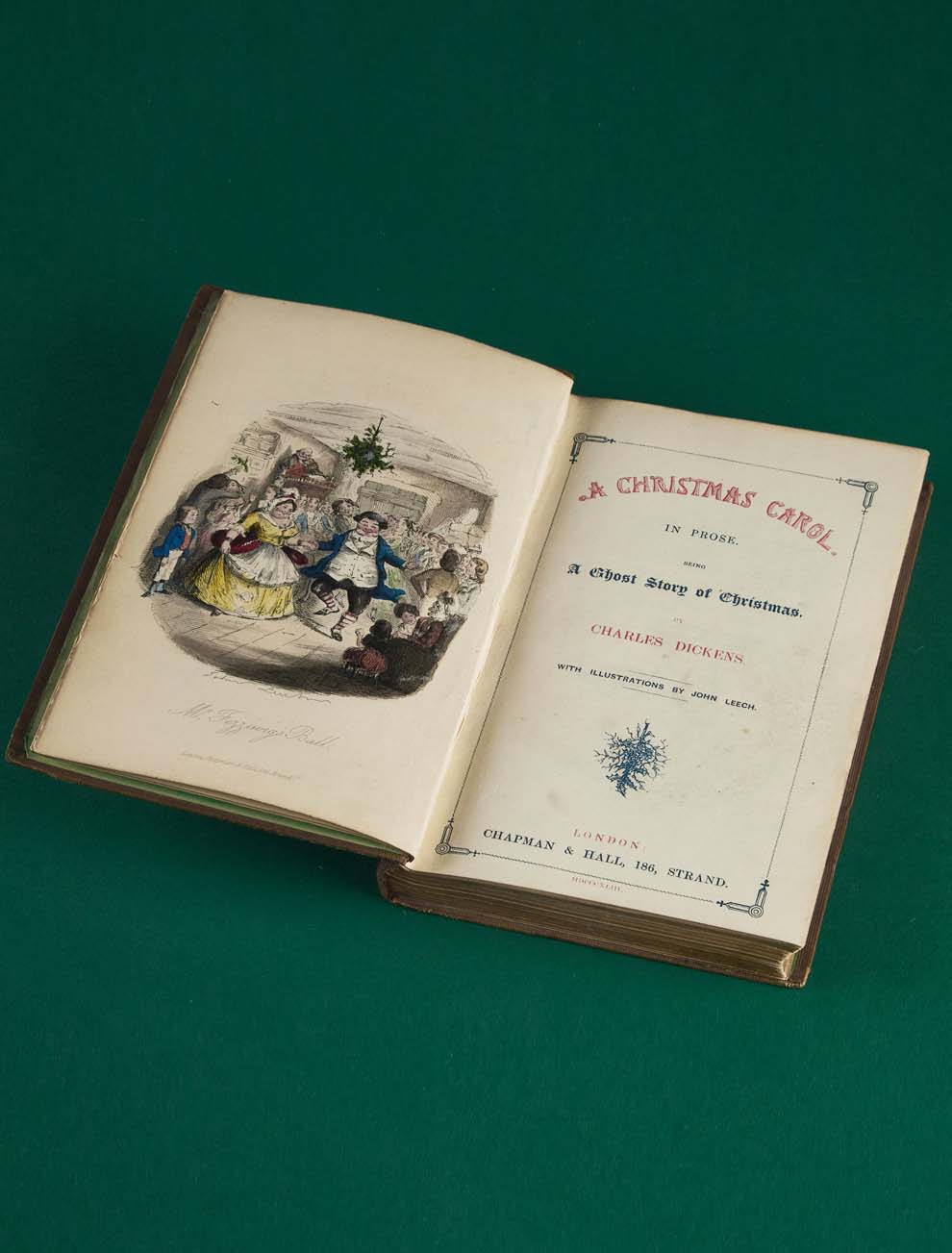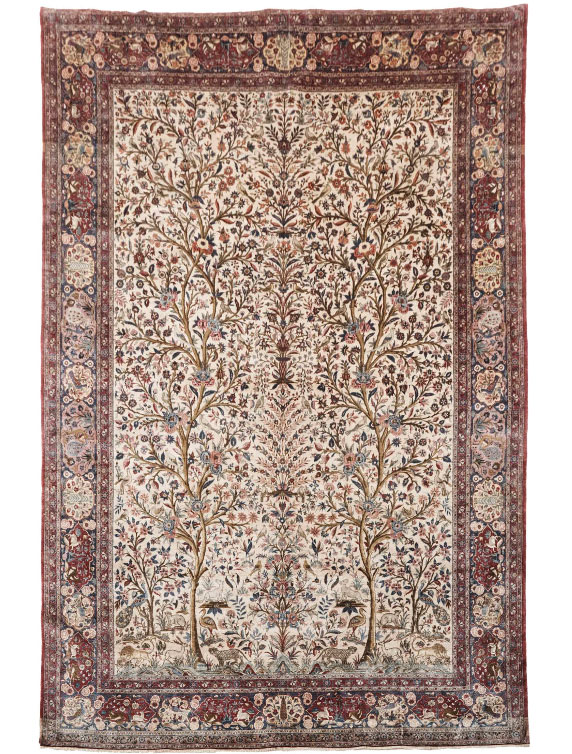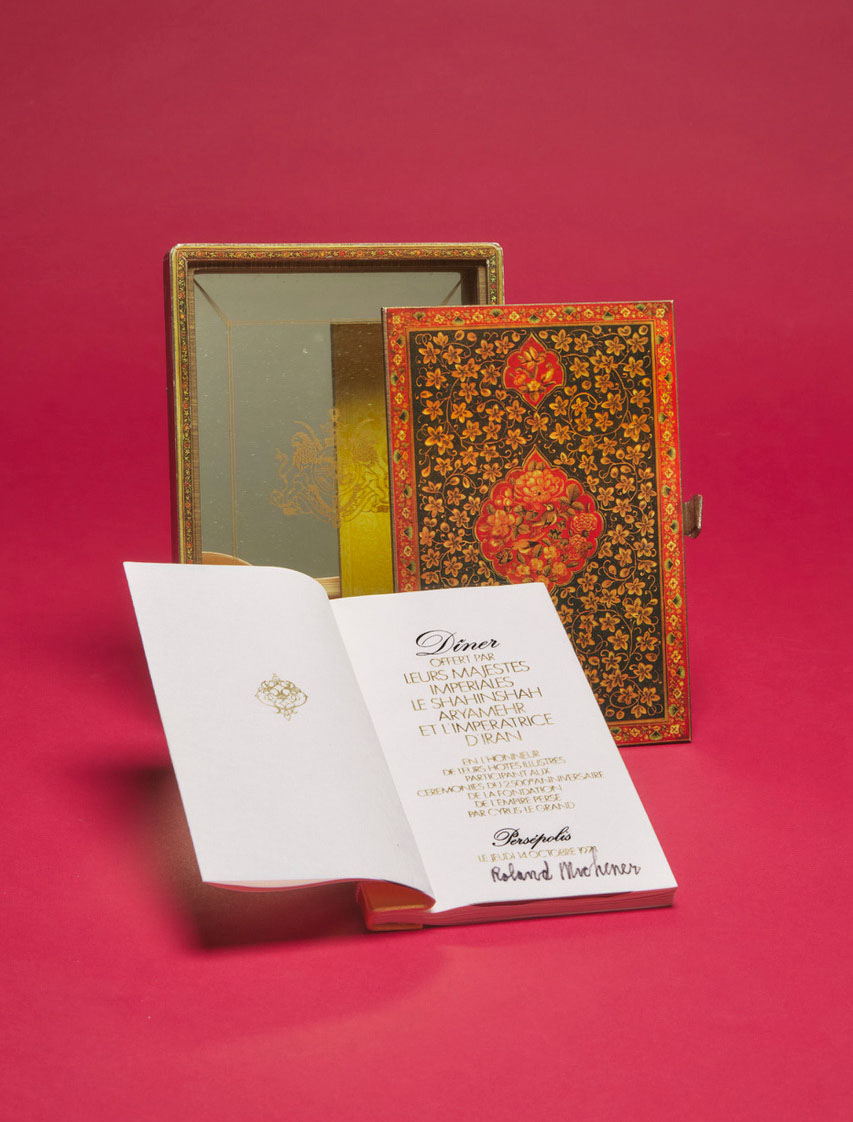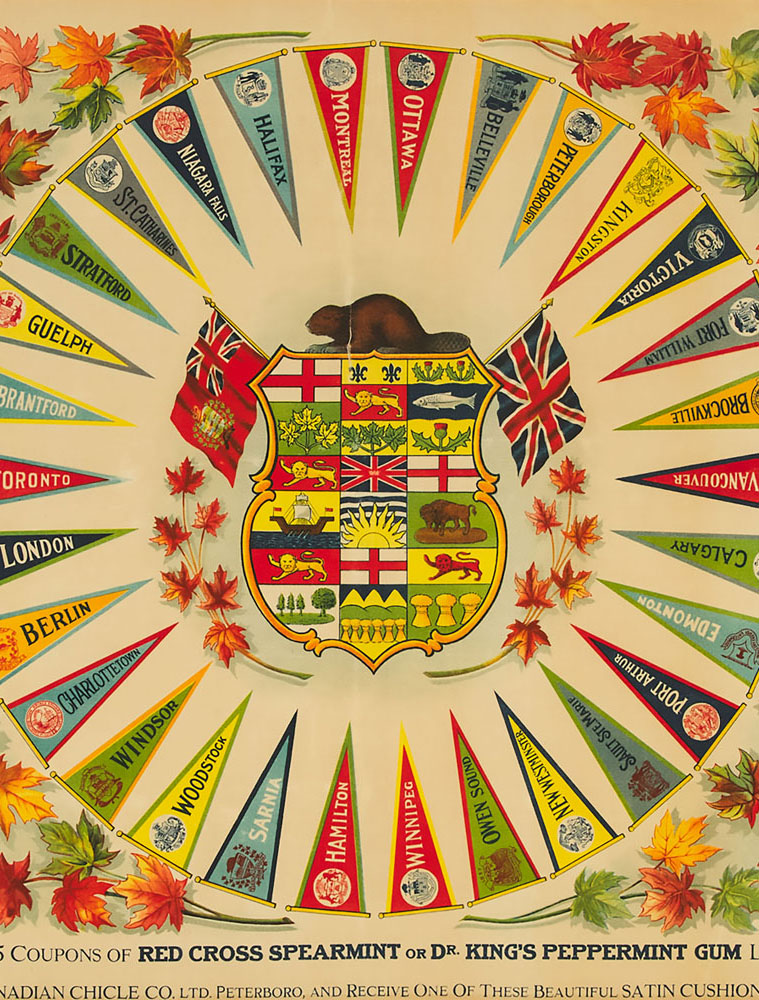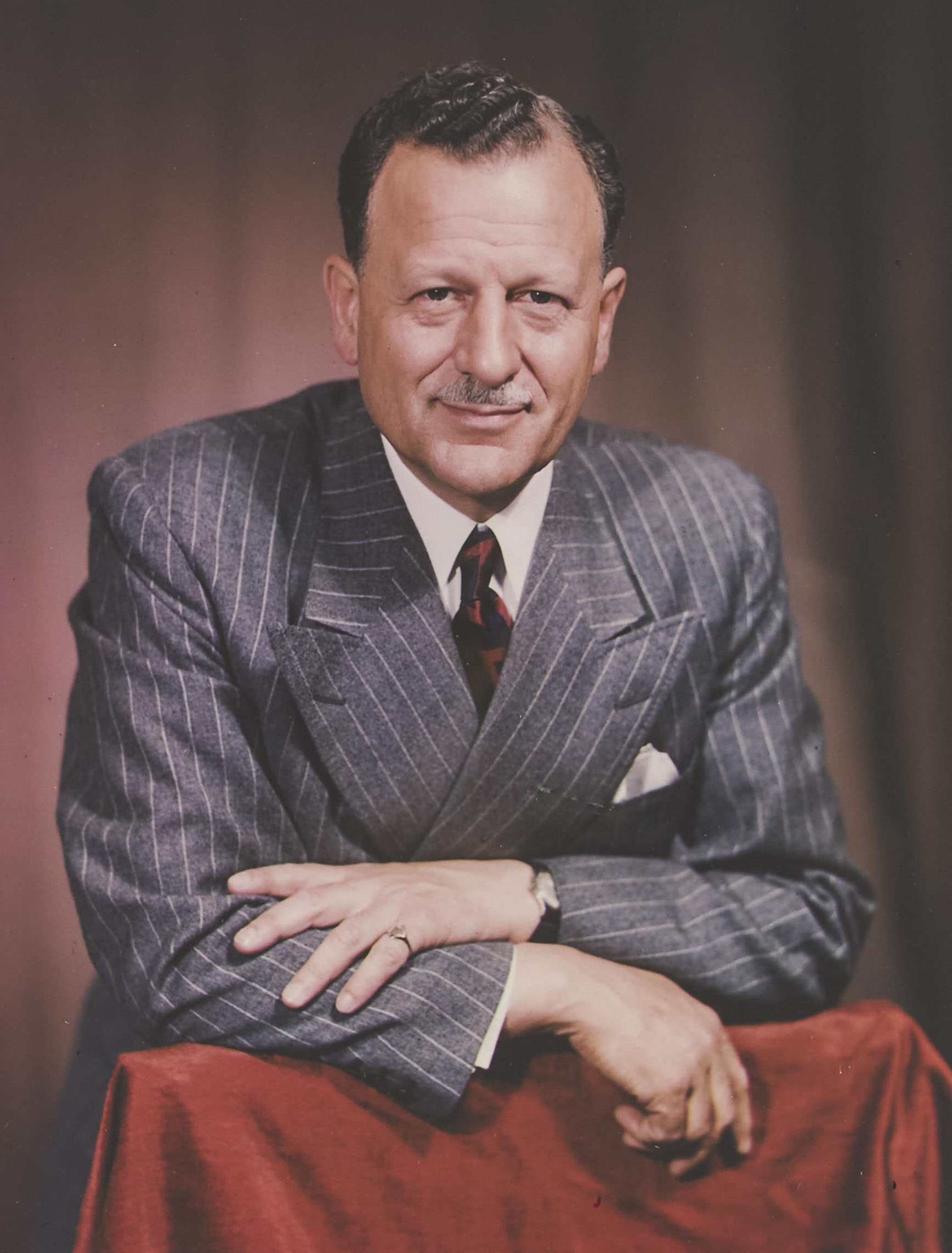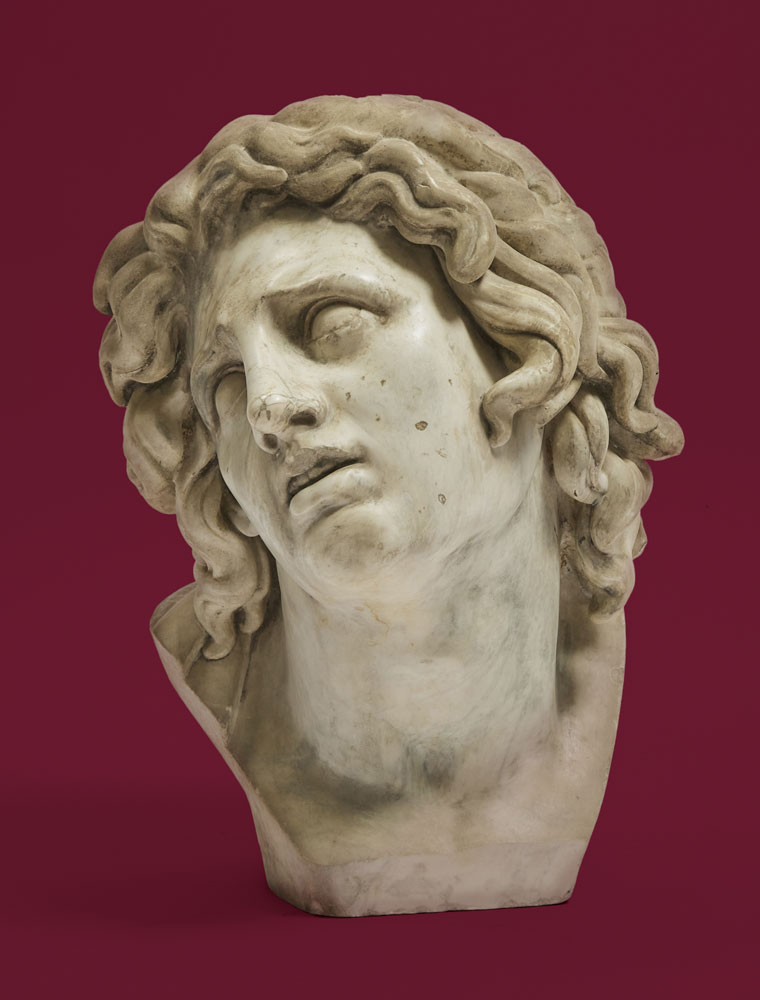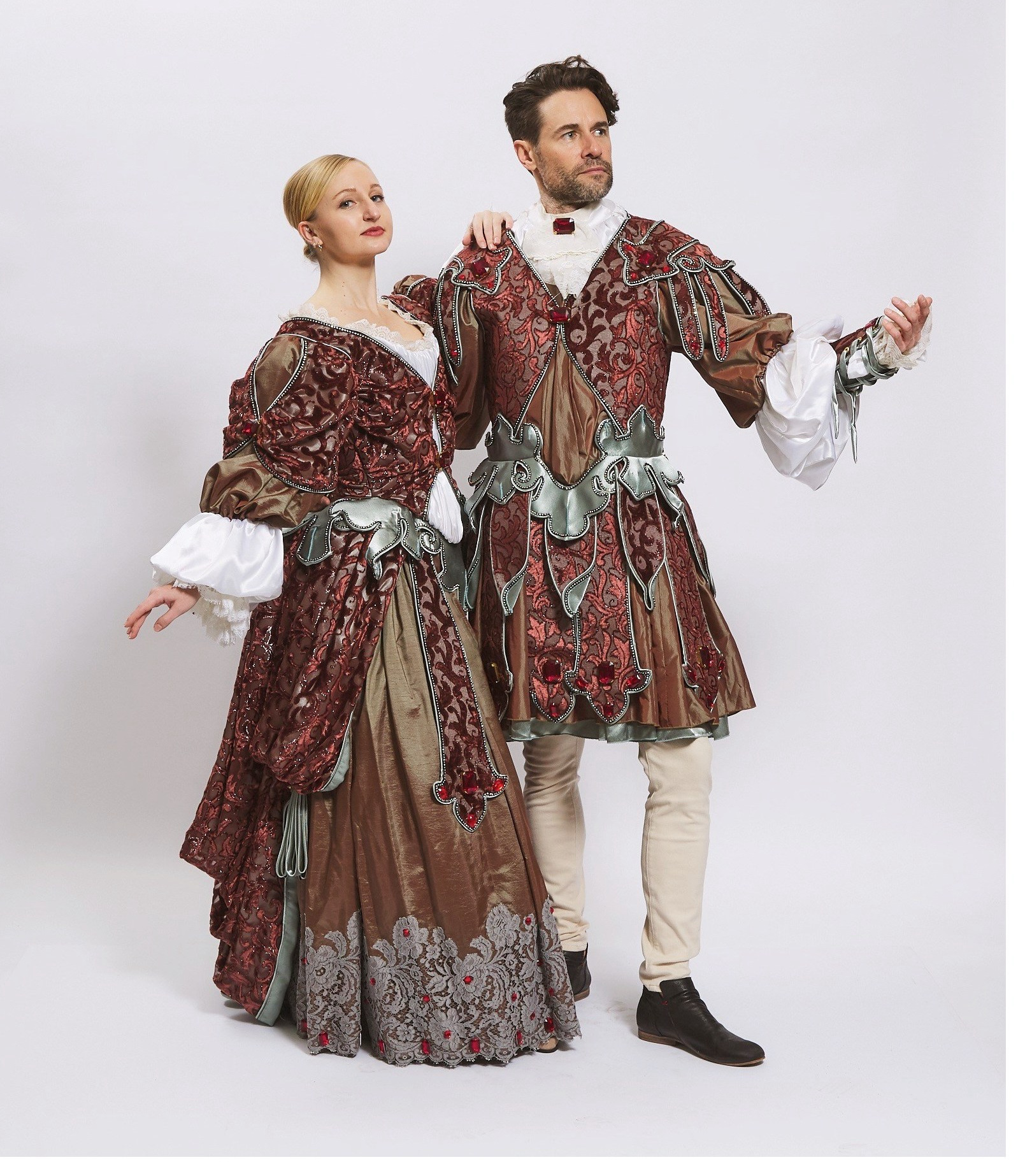
Waddington’s is pleased to offer ten costumes worn onstage in productions by Canada’s Opera Atelier company in our Canadian Arts, Culture and History auction, online from December 4-9. These costumes, all designed by Dora Rust-D’Eye, originate from performances of Don Giovanni (2004), The Marriage of Figaro (2003), L’Incoronazione di Poppea (2002), Il Ritorno d’Ulisse (1991), and L’Orfeo (1986). To celebrate this special consignment, we asked Meghan Lindsay, an internationally acclaimed opera singer and concert artist—and performer in 16 Opera Atelier productions—to tell us about the significance of these pieces.
It has been long said that objects—or artifacts—carry a life unto themselves. That they occupy a space in which the memories and stories of their past breathe within the fibres of their perceived inanimateness. As an opera singer who has worn the costumes of my mentors, who has sung in theatres whose walls echo the voices of past productions, I couldn’t be more convinced. In many ways, I credit my work with Opera Atelier—Canada’s premier period opera/ballet company, internationally renowned for its interpretation of opera, ballet and drama from the 17th and 18th centuries—for a deeper understanding of the transformational capacity of a costume. The costume’s will to alter its wearer, its viewer. Its capacity for evoking an essence of histories, illusions of and allusions to the past.
Opera Atelier occupies a rare space within the international opera community for their tenacious devotion to the revitalization of operas, ballet, and theatre from a ‘historically informed’ perspective. A desire to explore the original intention of composers, librettists and choreographers and to try to understand their creations in the context in which they were first created. Founded in 1985, and led by founding directors Marshall Pynkoski and Jeannette Lajeunesse Zingg, Opera Atelier has garnered acclaim across North America, Europe, and Asia. Their productions have graced the stages of La Scala and the Royal Palace of Versailles, and the Salzburg Festival and have toured to South Korea, Japan, Singapore, and the United States. They have been a home to Canada’s foremost opera singers and have created a devoted following among theatre lovers nationally and abroad.
Looking back upon a career in the arts—with over ten years, sixteen productions, and eight tours with Opera Atelier, I can say that the company has become likened to a family for me. A place in which I have grown, changed, contracted, and expanded. A place in which the familiar ritual of lacing a corset—of embodying a character whose life extends beyond the confines of my interpretation—has become a marker of years passing. I have grown up adorned in Baroque gowns, virago sleeves, and petticoats. The stiffening of a corset as it connects to the skirt, the initial ‘refinding’ of my breath, the conversations backstage with women and men who have grown to be like siblings. These costumes carry not only the stories and grandeur of the operas themselves, but also of their wearers.
I recall a tour with Opera Atelier to the Palace of Versailles shortly after the bombing of the Bataclan in Paris. The theatre was barren and the town desolate. I tucked myself into the chambers of the Palace theatre changeroom and sang, shielded by thick panels of aged wood and marble. I looked for the familiarity of a green gown that I wore in that production. She had lived with a mentor of mine in productions past and the looseness of time had given her emerald silk an air of distinction. When I wore her, I felt calm and safe. I relaxed into the knowing that other bodies had felt nervous, thrilled, scared, and inspired within her laces. I remember my first production of Don Giovanni with Opera Atelier, where I sang the role of Donna Anna. I recall tightening myself into the stays of the characters’ mourning. Vibratory with youthful dramatization. Electrically wound and bursting beyond the confines of my greenness, I sang her. I screamed her, with a nervous desperation. I returned to the character, to the costume, ten years later. I found in Donna Anna an abandon, a sensuality, femininity and groundedness. These versions of the character and versions of myself, lived within the very same costume.
I read recently of a word that resonates with me in times of pandemic uncertainty. Anemoia, or a nostalgic sense of longing for a past you yourself have never lived. A sense that something was intrinsically better in a former time than it is in the present. A sense of something being lost, yet found within an imagined past. While an overglamourization of the bygone days has never seemed terribly productive, in many ways, I wonder if it is this sense of false nostalgia that has propelled my love of opera and my deep desire to recreate, or reinterpret, the lives of the imaginary. There is a magic that occurs in the transformation from present to imagined past. From self to other. From artist to character. But this magic does not occur in isolation. It is a process that happens, through careful and deliberate production of meaning. Through the recreation of aesthetics and visual icons that allow us to be transported. I have had the privilege of being transported through these costumes and in turn, I have affected their life. I have breathed within them, lived within them, lost within them, learned within them. As have many great Canadian artists. And for that, these costumes are living works. Their role extends beyond the stage in the secrets they hold.
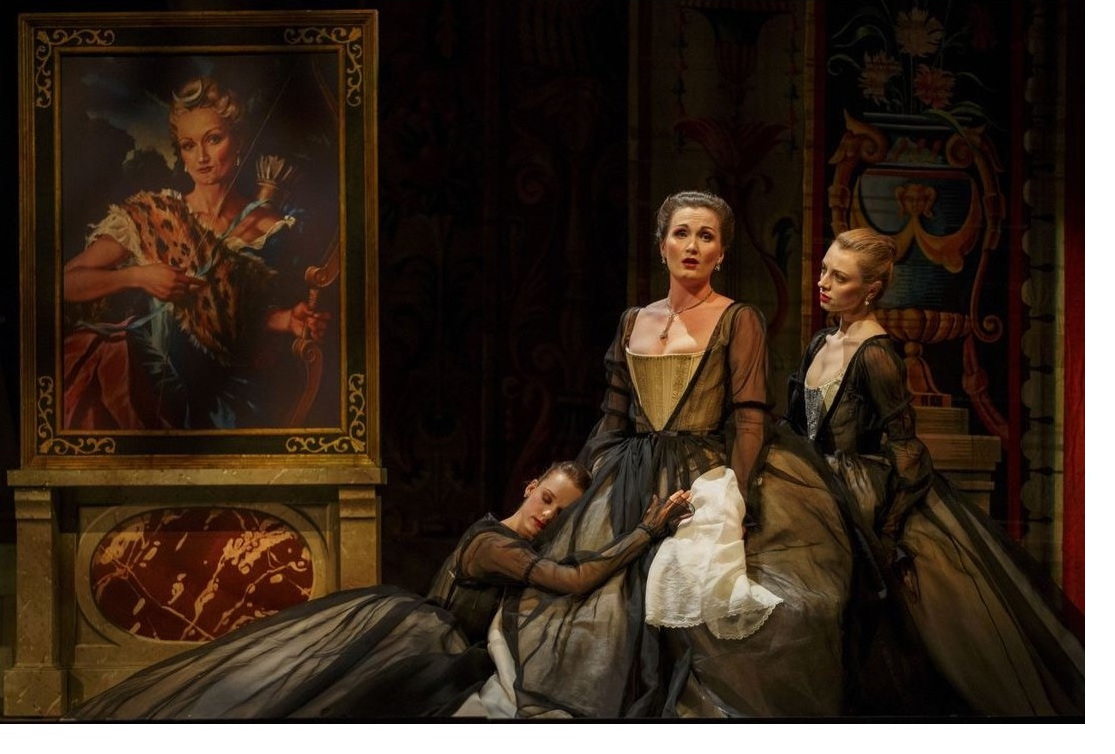
Meghan Lindsay is an internationally acclaimed opera singer and concert artist. With highlights including The Harris Theatre Chicago, Opera Atelier, Odyssey Opera Boston, The Royal Opera Versailles, The Glimmerglass Festival, Carnegie Hall, and Het Concertgebouw Amsterdam, she has been praised as equal to “the best Mozart interpreters anywhere in the world.” She has performed in sixteen productions with Canada’s Opera Atelier; is the Co-Founder of Interdisciplinary collective, New Art/New Media; and is a Cultural Studies scholar at Queen’s University. In 2020/21, she made her film debut in Handel’s Resurrection and the world premiere of ‘Angel’ and has commissioned three original chamber compositions for premiere in Summer 2022.
To learn more, please visit www.meghanlindsay.com or @meghanjlindsay on Instagram.
ABOUT THE AUCTION
Representing diverse interests from coast to coast to coast, our Canadian Arts, Culture and History is available for online bidding from December 4-9, 2021.
We invite you to browse the full catalogue.
The auction includes a collection of Grenfell Industries hooked mats, John A. Macdonald’s mortgage for a farm in Hastings, ON, works by RCAF WWII artist George Broomfield, a library of volumes relating to Northwest Passage and Arctic exploration, early photography of Fort William (now Thunder Bay, ON), a Newfoundland passport, a pair of 18th century portrait miniatures of a St. John’s Newfoundland couple, a Métis Assomption sash, and a polarimeter from Frederick Banting’s lab at the University of Toronto. The auction also includes an extensive archive of documents of historical and political interest.
Please contact us for more information and to schedule a preview appointment.

Related News
Meet the Specialist

Sean Quinn
Senior Specialist, Clocks, Sculpture & Lighting





